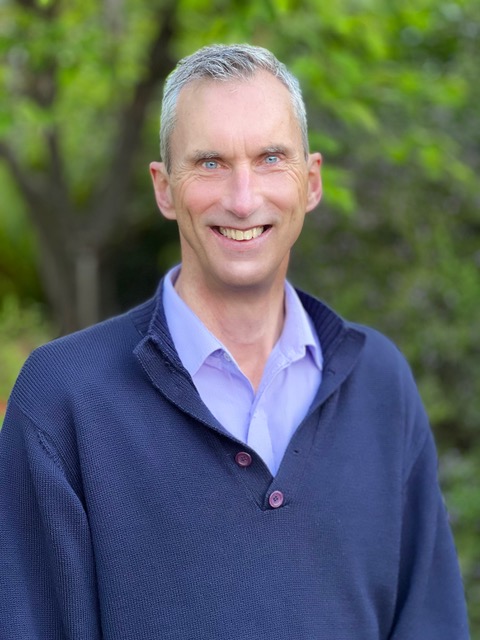Andrew Cox is a Global Ambassador for the Invasive Species Council. In this role, he will continue to advance Australia’s leadership in preventing and managing invasive species on the world stage.
As the former CEO of the Invasive Species Council until 2025, he is a highly regarded strategic thinker, collaborator and problem solver. Andrew’s experience spans leadership roles across environmental, invasive species and biosecurity disciplines. He transformed the Invasive Species Council from a small advocacy group into one of Australia’s most influential environmental organisations during his 12-year tenure as CEO.
Andrew is now committed to ensuring invasive species – the biggest driver of animal extinctions in Australia and a major global threat – receive the coordinated action they demand. He devotes his time to being a strong environmental voice within the international trade system, seeking to benefit all countries, particularly small island nations in the Pacific.
Andrew is co-founder of the NGO 4nature and has a strong history of bringing people together, including co-founding the Australian Biosecurity Symposium and the Decade of Biosecurity collaboration. His past achievements include successfully securing the protection of woodlands and marine areas in NSW, strengthening NSW laws, and supporting landowner-led conservation in the Solomon Islands.
He is currently leading the Global Environmental Biosecurity Initiative, a new effort to accelerate international action on invasive species. Working with the IUCN Invasive Species Specialist Group, this initiative aims to strengthen global rules on biofouling and shipping containers, improve trade regulations, and boost support for developing countries. By strengthening international biosecurity, he aims to protect not just Australia’s wildlife, but biodiversity across our region and beyond.






